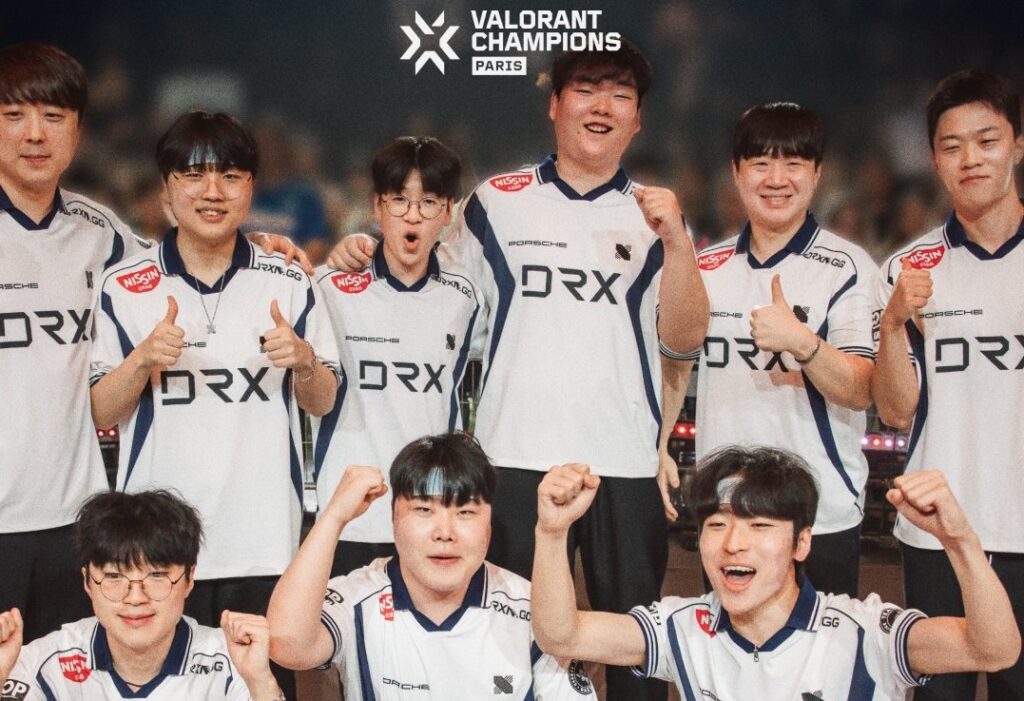RRQ and T1 Qualify for VALORANT Champs, Talon and DRX’s Fate Hinges on One Match
There’s only one VCT Pacific spot at Champions Paris 2025 remaining, with the fate of Talon and DRX to be decided in Tokyo.
At the VALORANT Champions Tour (VCT) Pacific Stage 2 Playoffs, Paper Rex became the first team from the region to earn a spot at Champions Paris 2025. Additionally, Rex Regum Qeon (RRQ) and T1 secured enough VCT Pacific points to qualify by making a deep run in Stage 2.
T1 overcame NS RedForce with a solid 2-0 score (13-6 on Lotus, 13-9 Ascent) in the Lower Bracket Quarterfinals.
RRQ eliminated DRX in the other Lower Bracket Quarterfinals match with a convincing 2-0 victory (13-7 on Icebox, 13-9 on Corrode).
RRQ then went on to eliminate T1 in a thrilling 2-1 match (13-7 on Ascent, 11-13 on Sunset, and 15-13 on Haven), with overtime required on the final map to separate the sides.

RRQ beats T1, punching their ticket to Tokyo. Image Credit: Riot Games
With the win, RRQ booked their flights to the Finals Weekend at the LaLa Arena Tokyo Bay, where they’ll face Talon. With the action at the Sangam Colosseum now complete, three spots are officially claimed, and just one remains up for grabs.
DRX and Talon’s Fate Hangs in the Balance
Two Pacific teams are in contention for the final spot at Champions Paris. It’s that close, with one match determining which team’s season ends, and which team gets to compete in France, with a shot at becoming world champion.
DRX can do nothing but watch, hoping for Talon to fumble against RRQ in the Lower Bracket Final match of VCT Pacific Stage 2. If Talon wins, they qualify for Champions Paris 2025, and if RRQ wins, DRX claims the final, coveted spot based on points accrued throughout the season.

Talon vs. RRQ will determine the final Champions Paris spot. Image Credit: Riot Games
The all-important match will take place on August 30 in front of a crowd at the LaLa Arena Tokyo Bay venue. Unlike previous Playoffs Stage matches, the Lower Bracket Final and subsequent Grand Final are both best-of-five instead of best-of-three, testing the teams’ resilience and stamina.
In case you missed it, DRX had a clean 6-0 record against Talon in the VCT before the Upper Bracket Semifinals match, where Talon won with a 2-1 reverse sweep. Can Talon make it to Champions Paris, or will DRX scrape by on points?














